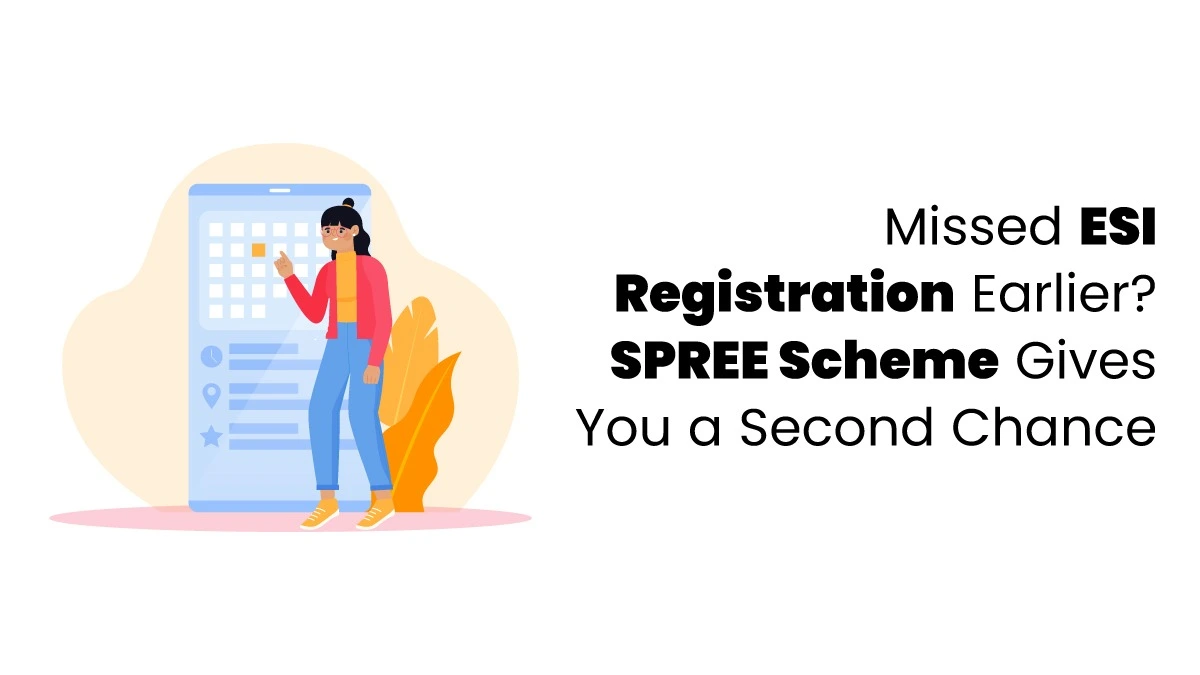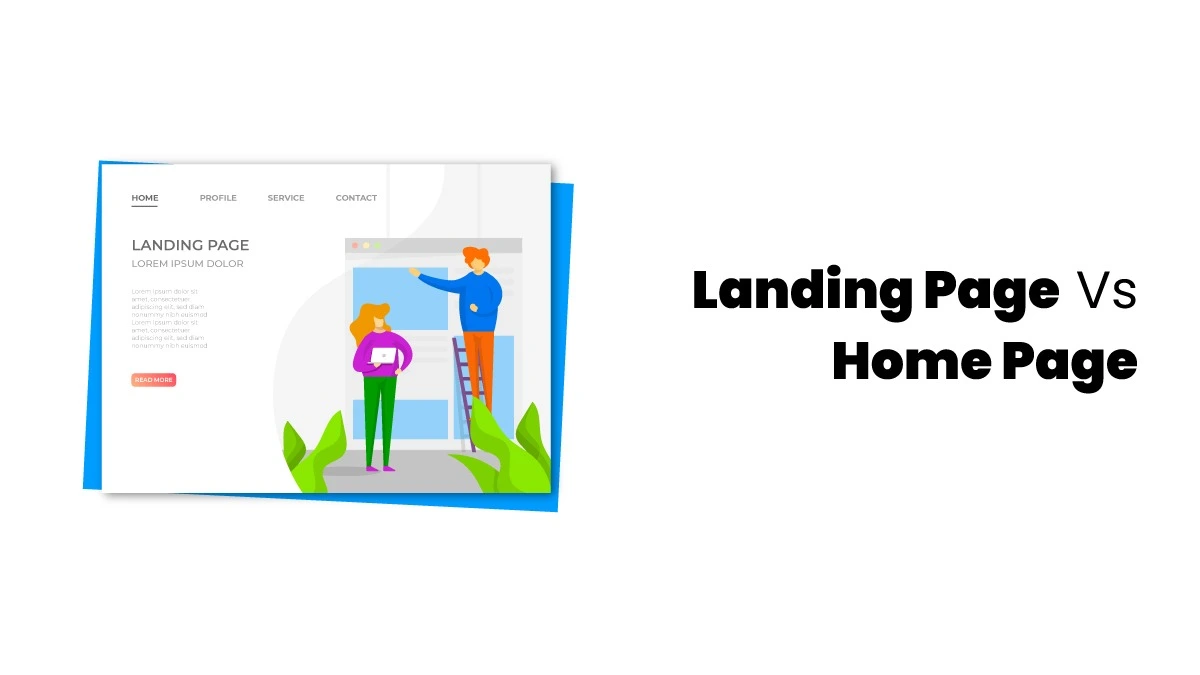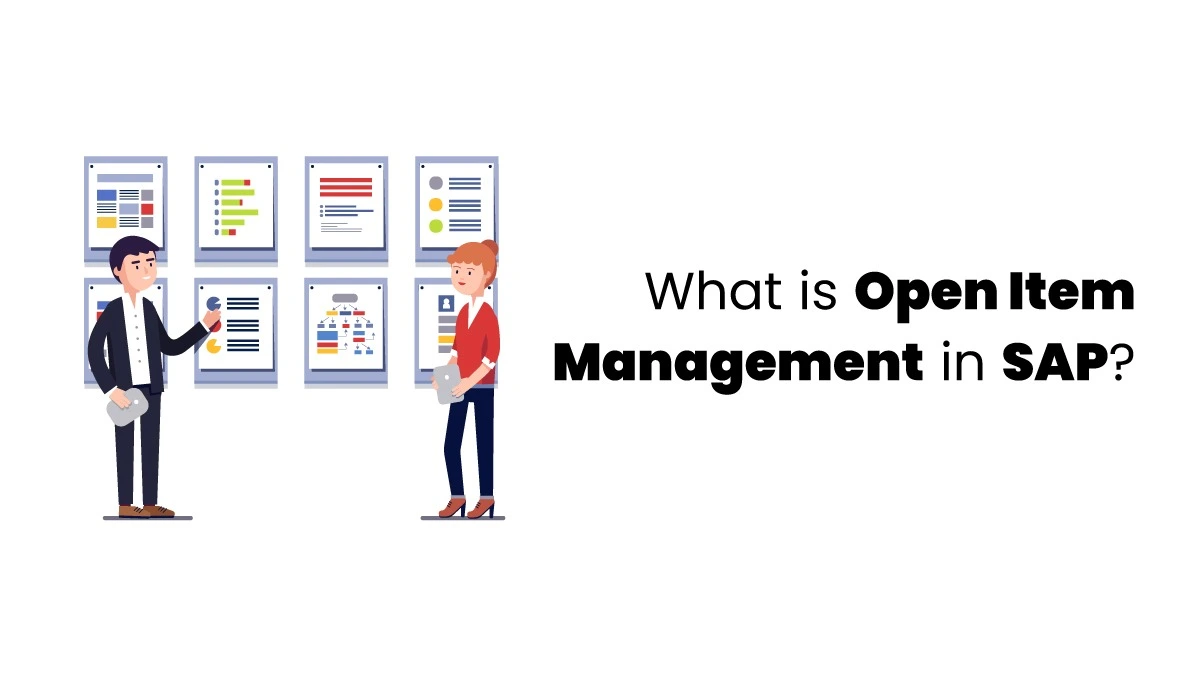Introduction
Brands find that micro-influencer marketing is a good way to build genuine customer relationships. To make real progress, think about working with micro-influencers to connect with a small, but genuine group of followers. Doing this can help you reach the people you’re trying to target. Businesses can build absolute links, get the word out, and sell more because people see micro-influencers as honest and trustworthy. Here’s how to work with them to get the best results.
Smart Micro-Influencer Selection
Micro-influencer marketing is not just about how many followers someone has. It’s more about how real their followers are, how well they fit with your brand, and how trustworthy they seem. Brands now use AI tools like HypeAuditor and Affable.ai to check for legit influencers, spot fake followers, and determine how the audience feels about them. For instance, the watch brand Daniel Wellington found micro-influencers with super-engaged, specific groups of followers instead of going after big celebrities. They gave away free watches for actual content, which helped them build a strong brand without spending much on ads. When brands use data to pick influencers, they team up with people who click with the audience they’re trying to reach. This builds trust and gets more folks to buy stuff.
AI-Powered Influencer Matching
We could only guess influencers in the old days, but now AI plays a significant role in selecting the best influencers. Platforms such as Influencity and Heepsy use machine learning to check how people interact with an influencer, who their audience is, and what the influencer’s personality seems to be. This way, brands and influencers are a great fit.
For example, Coca-Cola used AI to find micro-influencers whose followers cared a lot about being green. This allowed Coca-Cola to promote its earth-friendly projects through real people already talking to those who cared about them. The result was better interaction and more trust. AI takes the guessing out of influencer selection, so brands can team up with people who can get real engagement and sales.
Blending Nano & Micro-Influencers
Spotify’s Wrapped campaign is an excellent example of how to do this. In it, Spotify got regular music fans to share their personal Wrapped results. They also worked with music bloggers to boost the trend. The everyday users made the campaign feel personal, and the bloggers offered good information and playlist ideas. This plan is why Spotify Wrapped went viral. It got way more people on the app and made Spotify the undisputed king of personalized music.
Building Genuine Influencer Relationships
Brands are making true friendships with micro-influencers instead of just paying them for their services. Take American Express’s Ambassador Program, for example. They team up with small business owners, offering them business tips. These are not just people pushing Amex Cards; they are sharing how the cards actually help their businesses do better. Their support seems real because they gain from the deal, making Amex’s ads more believable.
Giving Influencers Creative Freedom
Small influencers sharing brand stories in their style feel genuine, and this helps them bond with their followers. A superb example is GoPro’s Million Dollar Challenge. GoPro asked regular users to submit accurate action shots taken with their cameras. The best shots got put in their official video. GoPro doesn’t just run standard ads. Instead, they let people post their videos. This makes the brand feel way more accurate and trustworthy. Influencers become true partners, which boosts how much people interact with GoPro and keeps the fresh content coming.

Multi-Platform Influencer Strategy
Brands are partnering with smaller influencers on places like YouTube to reach people. Take Notion, for example. They have influencers making long tutorial videos for YouTube, posting quick tips on TikTok, and chatting with people on Twitter. This helps Notion talk to serious users and those who want to get things done. Notion stays visible and engaging everywhere online by making content fit each site.
Boosting UGC with Smart Data
So, brands are now using AI and data to find incredible user content and share it more. Take Nike’s You Can’t Stop Us campaign. They looked at social media posts from athletes and regular people working out. With AI, Nike found the most inspiring moments and put them into an awesome video ad. This celebrated real people and got others to share their fitness stories, which made for a constant stream of genuine, inspiring content from the community.
Live Shopping & Limited-Edition Drops
Brands now use live shopping to get people hyped and sell more stuff. Look at Charlotte Tilbury’s live beauty shows. They have beauty gurus and influencers doing interactive livestreams. People watching can ask questions, check out the products, and quickly buy unique, limited-run stuff. It makes shopping fun and exclusive, which excites people and makes them want to buy now, boosting sales. By mixing live chats with special product releases, Charlotte Tilbury keeps shoppers interested and eager to buy, making online shopping interactive.
Influence Through Podcasts & Voice Content
Podcasts and voice content are the best ways to connect with more people. Take McDonald’s The Sauce Podcast as an example. They started it to respond to the customers’ words, sharing stories from inside the company. McDonald’s used the podcast to reveal chats openly, giving users a feeling that their concerns are being heard and increasing their respect for the brand. Voice content can indeed get people involved and be open with them.
AI-Generated Virtual Influencers
Brands are trying something new: AI virtual influencers. These digital characters look and feel like real people. They share brand messages and shout out products online. Because the brands control these AI folks, they can be sure the marketing is on point and looks right. Take Noonoouri, a digital fashionista who works with Dior and Valentino. She’s got her vibe, sharing style advice and brand stories on social media. It’s a good way for brands to get to younger, tech-loving crowds while managing the marketing.
Blockchain for Trustworthy Influencers
Brands are starting to use blockchain to make influencer marketing more transparent and less likely to be fraudulent. L’Oreal got together with this blockchain platform called Arianee. They wanted to make sure the influencers they work with are legit and to keep an eye on how their online ad campaigns are going. Using blockchain technology lets L’Oreal see if influencers have real followers, if their likes and comments are real, and that no one’s faking any sponsorships. This tech helps build trust among brands, influencers, and their audiences, making influencer marketing more dependable.
Results-Based Influencer Partnerships
Brands now pay influencers based on how well they perform, not at a rate for each post. Basically, Influencers make money when people actually interact with their content or buy something through their links. Take Hellofresh, for example, they will indeed give influencers unique discount codes so they can track who is using them. Instead of paying a fixed amount, influencers get paid for every new customer they bring in. This will make them more interested in bringing new customers. For companies like HelloFresh, this is a way to grow their businesses.
Localized Micro-Influencer Campaigns
Brands are now doing these local micro-influencer campaigns to get to small groups of people in certain areas. Instead of using famous influencers, they’re teaming up with smaller, respected people in neighborhoods. Take Nike’s Nothing Beats a Londoner thing. Nike worked with young athletes and influencers from London. They told real stories about the hard work and wins, which made people relate to them. By focusing on stories from the community, Nike made a real connection with local people, boosting how much they cared for and liked the brand.
Community-Driven Influencer Engagement
Brands are now getting influencers to start conversations about them with their fans, which is a step from just having them promote products. Take LEGO Ideas, for example. LEGO fans, even smaller influencers, can share their LEGO set ideas. Then, the community votes for the best ones, which LEGO turns into actual sets you can buy. By letting influencers and their fans help create products, LEGO makes people feel involved, keeps them loyal, and ensures its products are a hit with those who love LEGO the most.
Conclusion
Micro-influencer marketing can make a change for those brands who believe trust is everything. If you focus on smaller groups, companies can reach smaller and active communities, thereby leveraging niche audience targeting. Things like using AI to pick influencers, partnering based on how well they do, and running campaigns led by the community can make it easier to reach the people you want to talk to. As niche audience targeting becomes more critical in digital marketing, learning these techniques from a digital marketing institute can be highly beneficial. If you want to build expertise in this field, enrolling in a digital marketing course with placement is a better option.










